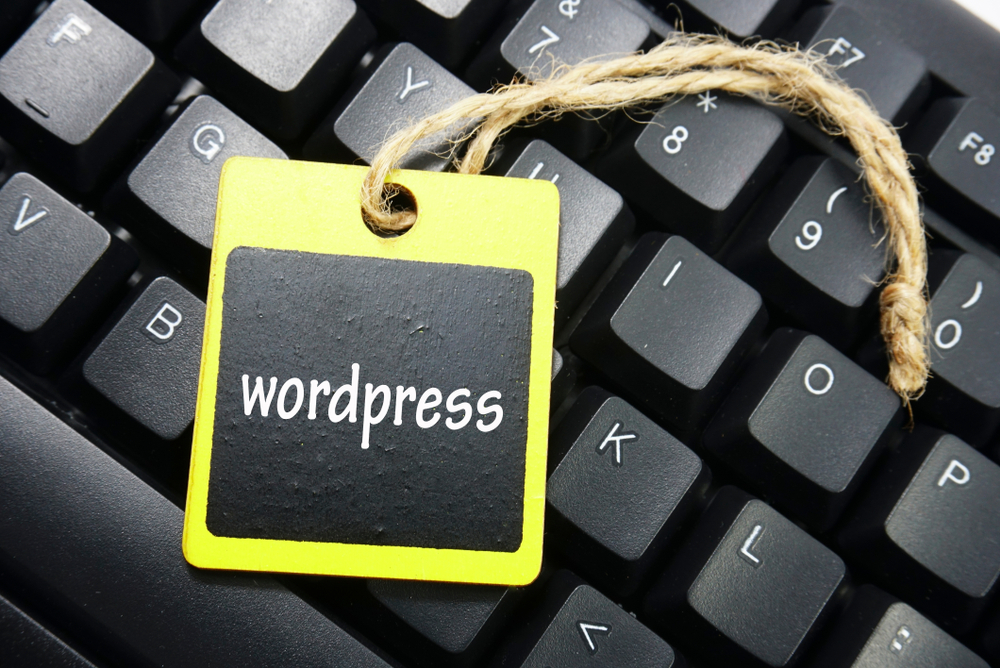
WordPress has become one of the most popular content management systems (CMS) in the world, with over a third of all websites actively using it. Its versatility, user-friendly interface, and abundant customization options make it an ideal choice for individuals and businesses alike. Whether you're a beginner or a seasoned WordPress (or WP) user, this article will provide you with insider tips to help you master the customization and maintenance of your website.
1. Choose a Responsive Theme:One of the first steps in customizing your WordPress (the platform for bloggers) website is selecting the right theme. A responsive theme is crucial, as it ensures that your site adapts well to different screen sizes and devices. This is especially important considering the increasing number of users accessing websites on mobile devices. Look for themes that are optimized for mobile and provide good user experience across all platforms.
2. Customize the Appearance with Widgets:
Widgets are an excellent tool for adding functionality and customization to your WordPress (WP) site. They allow you to easily drag and drop elements onto your website's sidebar, footer, or other widget-ready areas. From displaying recent posts, embedding social media feeds, to adding a search bar, widgets enable you to personalize your website without any coding knowledge.
3. Utilize Plugins to Extend Functionality:
Plugins are like apps for your WordPress website, offering a multitude of features and functionalities. Whether you want to enhance the security, optimize search engine rankings, create a contact form, or integrate social media sharing buttons, there's a plugin for almost everything. Just be mindful to install and use only reputable plugins from trusted sources to ensure compatibility and security.
4. Master the Art of Custom CSS:
Though WordPress (the blogging platform) offers a range of customization options, you may still find yourself needing more control over the appearance of your website. This is where custom CSS (Cascading Style Sheets) comes in handy. By adding custom CSS, you can tweak the design and layout of your website to match your unique vision. It is advisable to use a child theme instead of directly modifying the parent theme to avoid losing changes during updates.
5. Optimize Your Website for Speed:
Page load speed is a crucial factor for user experience and search engine rankings. Faster websites not only retain visitors but also rank higher in search engine results. To optimize the speed of your WordPress site, consider techniques such as caching, minifying CSS and JavaScript files, compressing images, and using a content delivery network (CDN). Additionally, periodically remove unnecessary plugins and themes that may slow down your website.
6. Maintain Regular Backups:
Imagine losing all your hard work due to a technical issue or a hacking attempt. It is essential to have a backup system in place to prevent such setbacks. Various plugins are available that offer automated backups, enabling you to easily restore your website to a previous state if needed. Remember, prevention is better than cure, so make sure to take regular backups of your website's content and database.
7. Keep Your Website Secure:
WordPress, being a popular platform, is often targeted by hackers. To protect your website's security, make sure to regularly update WordPress core, themes, and plugins. Updates often include essential security patches that fix any vulnerabilities identified. Additionally, install a reliable security plugin that offers features like two-factor authentication, firewall protection, and malware scanning. Strong and unique passwords for all your website users are also crucial.
8. Ensure SEO Optimization:
WordPress provides various built-in features that assist with search engine optimization (SEO). Customize your permalink structure to include keywords relevant to your website's content. Regularly update and publish high-quality content to keep search engines interested. Utilize SEO plugins that allow you to add meta tags, optimize images, and generate XML sitemaps. Remember to focus on user-friendly and optimized content rather than solely aiming at search engines.
Frequently Asked Questions:
Q1. Can I switch themes without losing my content?A1. Yes, switching themes does not affect your content. However, the appearance and formatting of your website may change significantly, requiring adjustments and customization.
Q2. How can I add a custom logo to my WordPress site?
A2. Many themes allow you to upload a custom logo through the WordPress Customizer. Look for the "Site Identity" or "Logo" section within the Customizer to upload your logo file.
Q3. Are there any SEO plugins you recommend for WordPress?
A3. Yoast SEO and All in One SEO Pack are popular SEO plugins that offer features like XML sitemap generation, meta tag optimization, and content analysis to help improve your website's visibility in search engines.
Q4. How do I manage multiple user accounts on my WordPress site?
A4. WordPress provides different user roles, such as administrator, editor, author, contributor, and subscriber. Each role comes with its own set of capabilities and permissions, allowing you to manage multiple user accounts with various levels of access and control.
Q5. What should I do if my website experiences downtime or an error?
A5. If you encounter an error or your website becomes inaccessible, firstly, remain calm. Contact your web hosting provider to check if the issue is on their end. Additionally, keep a record of the error message if possible, as it may provide clues for troubleshooting.
Other useful resources
- https://en.wikipedia.org/wiki/Blog
- https://www.wordpress24plus.com
- https://en.wikipedia.org/wiki/WordPress